When I read the write-up about this cake on Baking Banter (the blog from King Arthur Flour’s test kitchen) they talked about how very tender this cake is – like from a boxed mix, but it’s NOT – I knew I’d be trying it soon. And yes-yes-yes it’s every bit as good as it should be!
Over the years I’ve been baking I’ve often wondered why I couldn’t make a yellow cake (or any kind of cake, for that matter) as tender as a box mix. I mean, gee whiz, it can’t be those yucky additives in a boxed mix that make it tender? Right? I’ve tried. Many times I’ve tried. So when the gals at Baking Banter (the blog written by the staff in King Arthur Flour’s test kitchen) talked about it on their blog, about how they devised a cake that IS just as tender as a boxed mix, and certainly more tasty than a boxed mix, well, my cooking antennae went up. Then I forgot about it, so when we had a big family celebration (5 birthdays within 2 weeks) recently I decided to make this cake. We were going to have 10 people. This cake makes 10 slices. Great. That way I wouldn’t eat the leftovers.
So what makes this cake tender? Well, it’s likely a combination of things: yogurt in the cake, and probably the method of combining and mixing the batter (I think they mentioned that in the write-up). The cake has ordinary ingredients (other than yogurt in the cake which is a bit different). It’s easy to make, really.
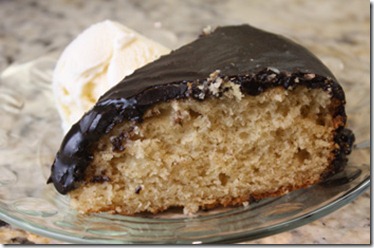 The cake bakes in a one of those taller-sided 9-inch cake pans. Not an ordinary cake pan or you’ll have cake batter spilling over the edges. Someone mentioned you could use a springform pan for this but you might wrap the outside with foil. The batter is relatively thick, though, so I don’t think that would be necessary. It bakes for 30-35 minutes – DO make sure the very center is cooked through – I thought mine was at 30 minutes – the cake tester came out clean – but didn’t find out it wasn’t until it cooled, when the center sunk a little bit, that it wasn’t quite done. It didn’t matter. . . there was enough frosting that it filled in the hole. Nobody knew! But, in the photo above you can see the pointed end sinks just a little bit – that’s why. It did need the full 35 minutes.
The cake bakes in a one of those taller-sided 9-inch cake pans. Not an ordinary cake pan or you’ll have cake batter spilling over the edges. Someone mentioned you could use a springform pan for this but you might wrap the outside with foil. The batter is relatively thick, though, so I don’t think that would be necessary. It bakes for 30-35 minutes – DO make sure the very center is cooked through – I thought mine was at 30 minutes – the cake tester came out clean – but didn’t find out it wasn’t until it cooled, when the center sunk a little bit, that it wasn’t quite done. It didn’t matter. . . there was enough frosting that it filled in the hole. Nobody knew! But, in the photo above you can see the pointed end sinks just a little bit – that’s why. It did need the full 35 minutes.
Then you make the frosting. Gosh, this frosting is SO easy and SO good. I’ll be making that again on other cakes – not that I make them all that often – but I really, really liked this one, so perhaps I will. Everybody at the table raved about the cake and the icing. You melt and briefly boil butter, yogurt and cocoa together, then add it to powdered sugar and a little tiny bit of espresso powder (optional). It makes a perfect pouring type frosting. Obviously soft and pourable enough that it puddled around the cake. Once poured, don’t smear or try to spread or you’ll end up with a mess. Part of its beauty is the sleek top, untouched until it firmed up. The experts at King Arthur also have a chocolate version (although it’s actually a totally different batter). If you love Boston Cream Pie, they recommend using this cake, slicing in half horizontally and filling it with a custard or cream filling. Everything else would be the same. Maybe next time I’ll try that.
What I liked: everything, absolutely every little thing about it. The gals at Baking Banter did it again with a real winner. This will go onto my favorites list if that tells you anything.
What I didn’t like: nothing at all. Fabulous cake in every dimension.
MasterCook 5+ import file – right click to save file, run MC, then File|Import
Classic Yellow Cake with Fudge Frosting
Recipe By: From Baker’s Banter blog (King Arthur Flour)
Serving Size: 10
NOTES: All the soft characteristics of a boxed yellow cake, but it’s not boxed.
CAKE:
1 cup granulated sugar
1/2 cup unsalted butter — at room temperature
2 large eggs
1 tablespoon vanilla extract
1/8 teaspoon almond extract — (1/8 to 1/4)
3/4 teaspoon salt
2 teaspoons baking powder
3/4 teaspoon baking soda
1 2/3 cups All-Purpose Flour — (they used King Arthur flour, obviously)
1 cup yogurt — plain, low-fat is OK, but please don’t use nonfat
FROSTING:
5 tablespoons butter
3 tablespoons unsweetened cocoa — natural or Dutch-process
1/4 cup plain yogurt — low-fat is fine
1 teaspoon vanilla extract
1/4 teaspoon espresso powder — optional but good
2 1/2 cups confectioners sugar — sifted
1. Preheat the oven to 350°F. Lightly grease a 9″ round cake pan that’s at least 2″ deep; for extra protection against sticking, line the pan with parchment, and grease the parchment.
2. To make the cake: Beat together the sugar and butter until thoroughly combined.
3. Add the eggs one at a time, beating well and scraping the bowl after each. After you’ve added the second egg, beat at high speed for 2 minutes; the batter will lighten in color and become fluffy.
4. Add the vanilla, almond extract, salt, baking powder, and baking soda, stirring to combine.
5. Starting and ending with the flour, alternately add the flour and yogurt to the mixture: 1/3 of the flour, half the yogurt, 1/3 of the flour, the remaining yogurt, and the remaining flour. Beat gently to combine after each addition. Scrape the bottom and sides of the bowl, and beat briefly.
6. Spoon the batter into the pan. Bake the cake for 30 to 35 minutes, until it’s golden brown on top, the edges are beginning to pull away from the sides of the pan, and a toothpick inserted into the center comes out clean, or with a few moist crumbs clinging to it.
7. After 10 minutes, turn the cake out of the pan onto a rack to cool completely before frosting.
8. To make the frosting: Sift the confectioners’ sugar into a mixing bowl.
9. Melt the butter in a small saucepan. Stir in the cocoa and yogurt.
10. Bring the mixture to a boil, then remove from the heat. Stir in the vanilla and espresso powder. Add to the confectioners’ sugar in the bowl, beating until smooth.
11. Quickly pour over the cooled cake, while the frosting is still warm.
Per Serving: 447 Calories; 17g Fat (34.6% calories from fat); 5g Protein; 69g Carbohydrate; 1g Dietary Fiber; 87mg Cholesterol; 441mg Sodium.





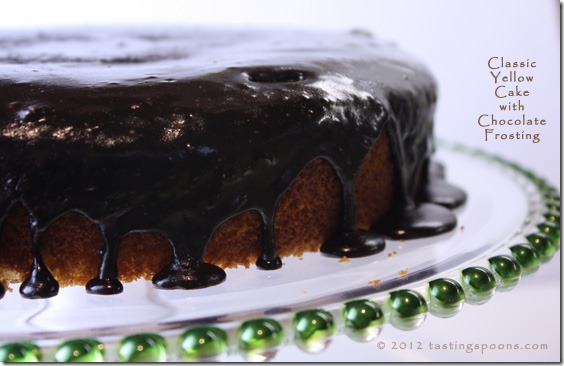

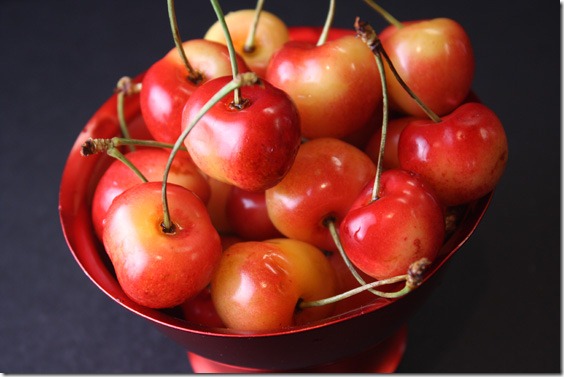
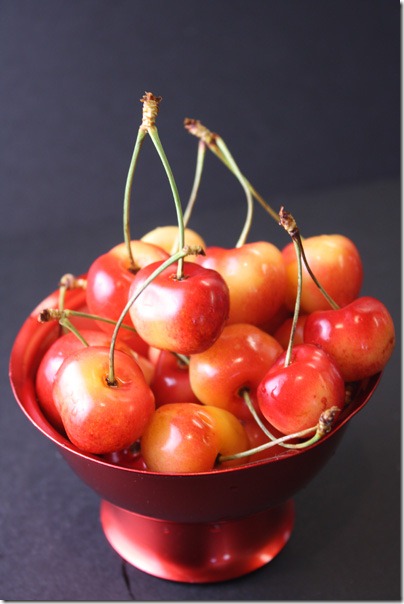
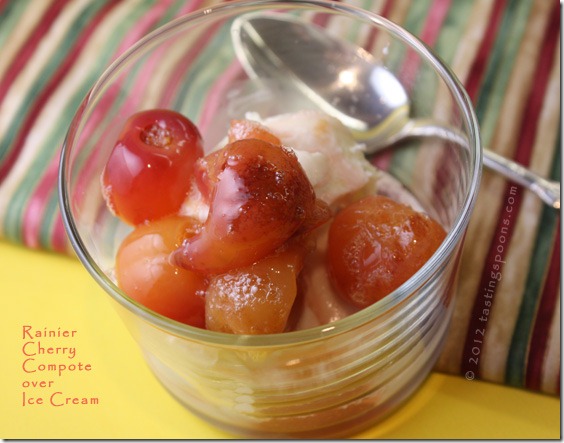
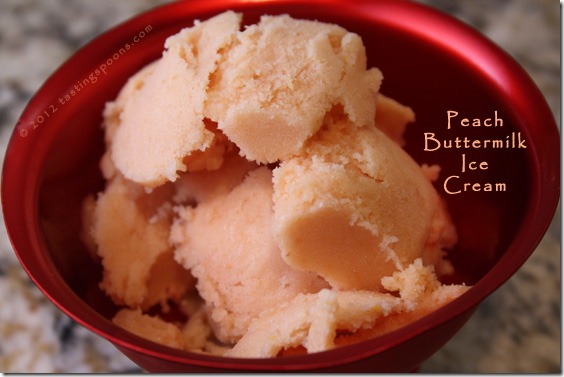
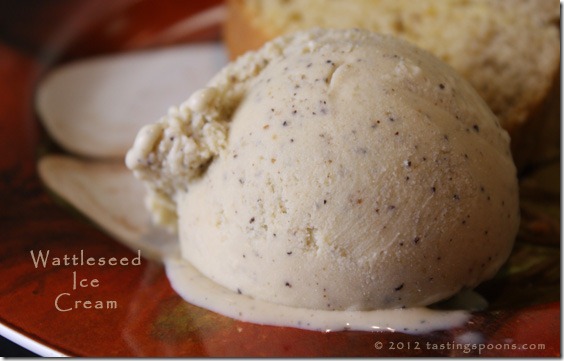
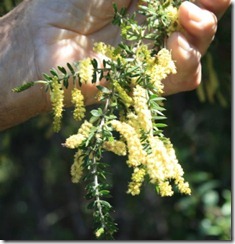
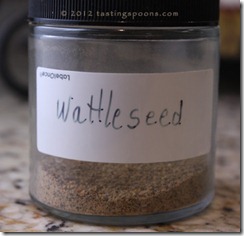
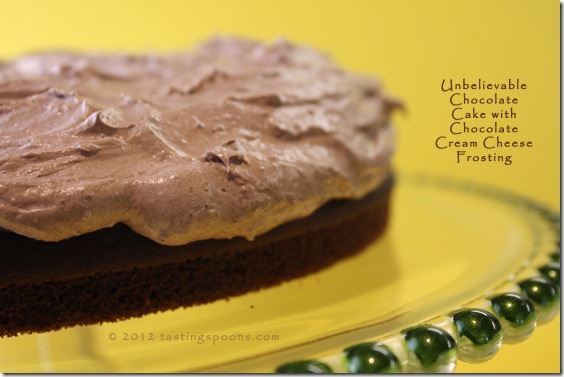
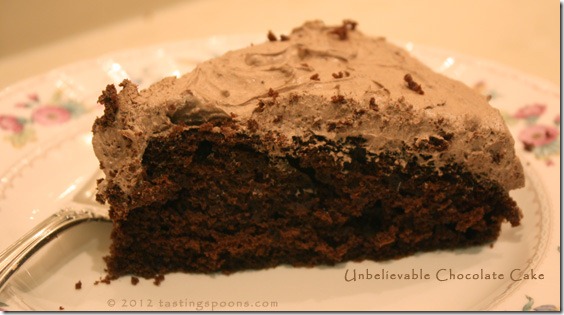
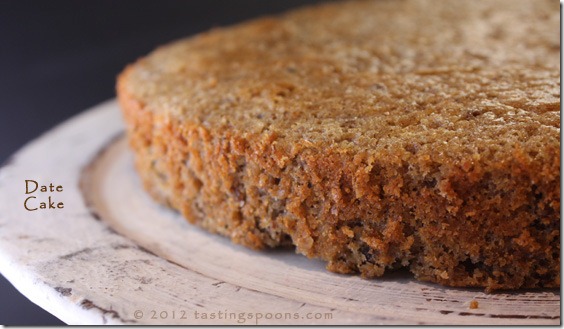
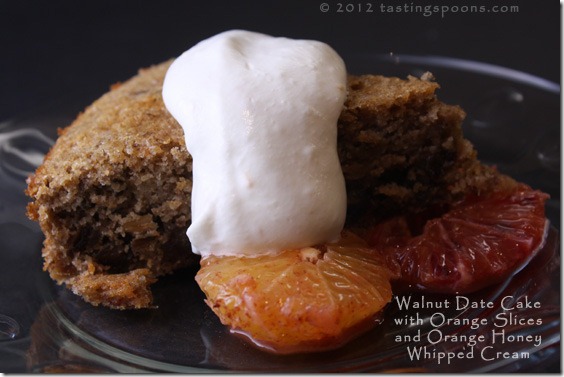
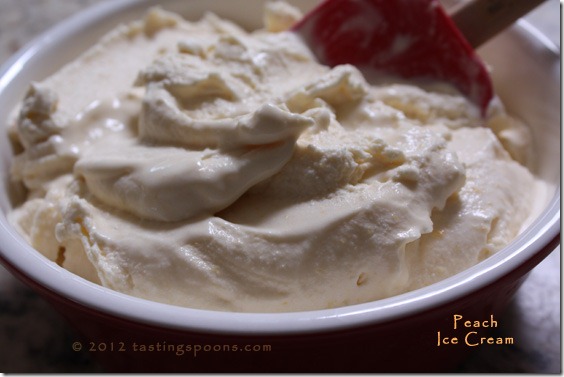
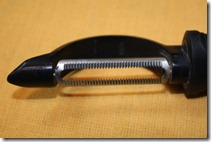
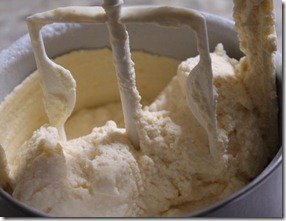
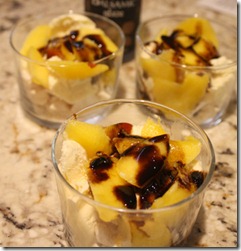
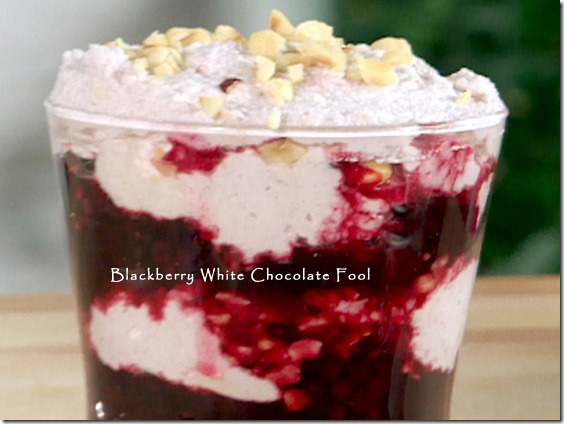
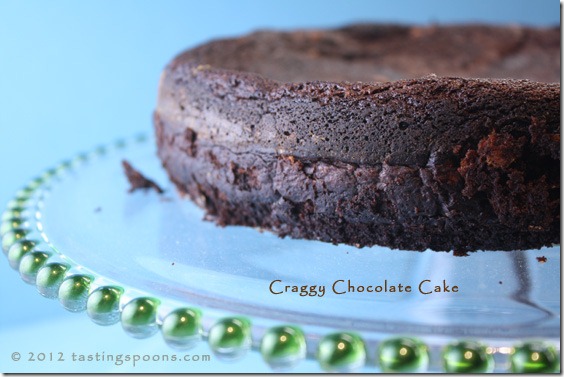
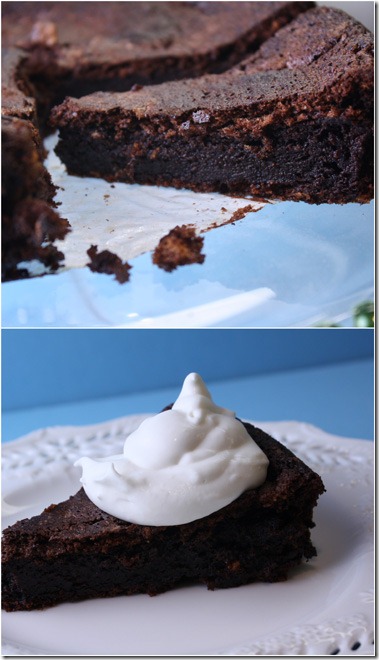
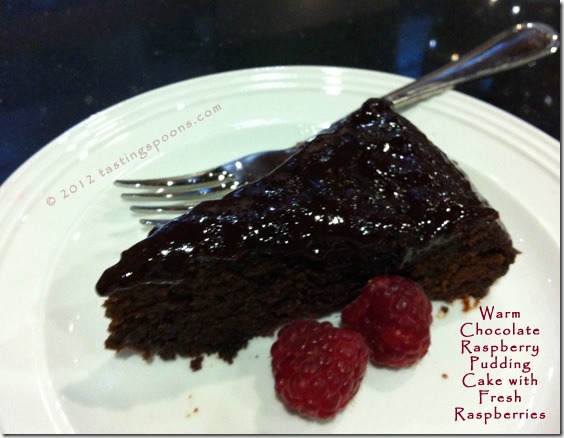
Leave a Comment!